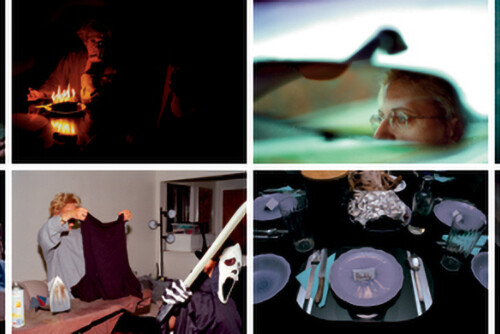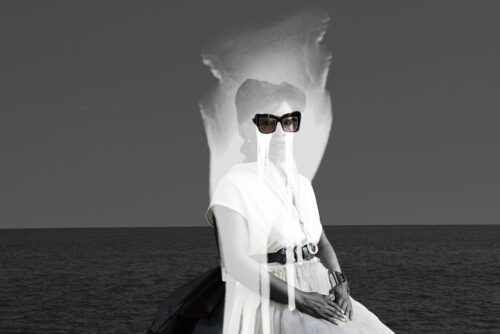This description of feeling distant from their prison-born babies is repeated by other mothers with whom I have been in touch after their release. They request professional support to cope with the guilt, shame, and memory of having had the child while imprisoned, and the added trauma of being under shackles and restraints.
In May 2006, having served parents in our state prisons and community correction therapeutic units since 1993, I received a call from the chairman of the Department of Correction. It was an intimidating voice on the phone, a stranger’s voice. He chastised me for speaking to the press in 2004 and 2006 about the Department’s use of restraints during childbirth. He informed me that I had “disrespected” the department, and I have never since been permitted to return to their prisons. Both the parenting and the prenatal/post-partum classes came to abrupt end.
Currently, there are seven states that outlaw the use of restraints during incarcerated childbirth: California, Illinois, New Mexico, New York, Texas, Vermont, and Washington. A national coalition to support policies protecting pregnant and birthing mothers who are incarcerated is rapidly developing. Our shared mission is the education of policymakers. Hopefully, this will lead to the swift enactment of statutes universally prohibiting the use of restraints during childbirth while incarcerated. Laws are the only effective way to insure that all incarcerated mothers and their babies will be allowed safe and dignified childbirth.
In the summer of 2007, the Federal Bureau of Prisons, in cooperation with U.S. Senator Durbin of Illinois, reconsidered their policies about restraints during pregnancy and childbirth, intending to make their use the exception rather than the rule.
In an initial effort to reform the practice in Arkansas, I brought more than a thousand letters from national organizations decrying the practices of restraints and shackling of incarcerated pregnant and child birthing mothers to a legislative committee hearing in 2005. But legislators who had agreed to support my position and hear testimony from mothers who gave birth in prison, national experts, and me, a first-hand witness, rolled over when the Arkansas Department of Correction showed them the substitute, non-metal, soft restraints they agreed to use in place of iron shackles and handcuffs. In 2007, the same committee members deferred to the Department of Corrections to set policy, in the interest of “public safety.” The bill died in committee.
In 2009, with the sponsorship of a strong senior legislator and the support of the Arkansas ACLU, we went back once more with a bill banning the use of restraints during medical transport, labor and childbirth, not only in our Department of Corrections facilities, but in our jails and juvenile detention centers. We also had the support of the Family Council, an evangelical group that has great influence on the religious right in the state legislature, an unlikely partnership between the conservatives and the ACLU. At the hearing, a conservative woman legislator asked the director of our Department of Corrections in all seriousness if it was true that women prisoners often tried to “kill” their babies during delivery. Can we demonize our prisoners any further than what was implied by this question? Not surprisingly, the bill failed again.
Needless to say, we will return again in the 2011 legislative session, and again and again until these inhumane practices are banned.



